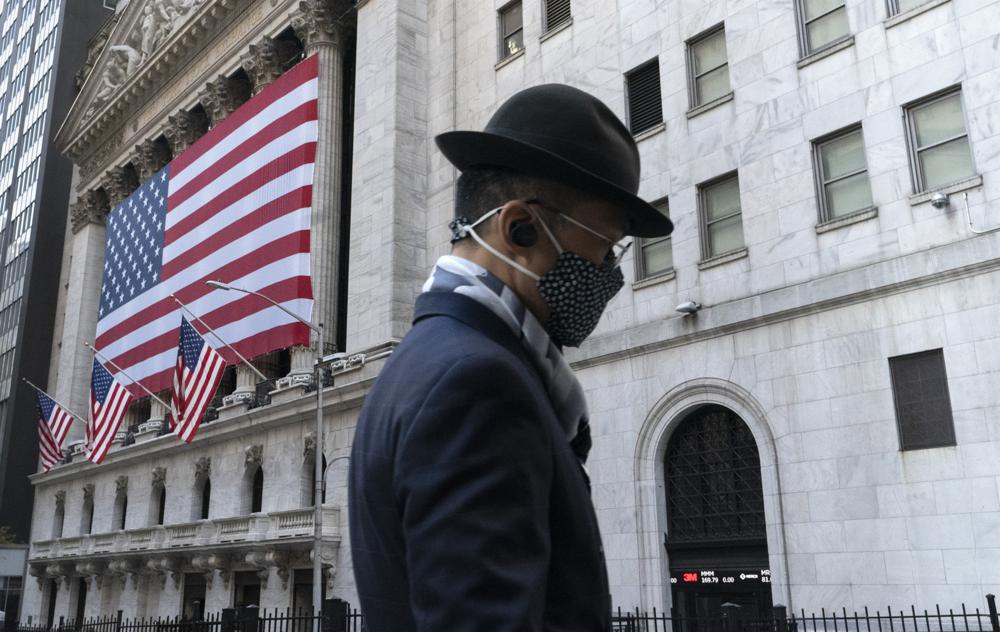
What’s immune to high inflation? So far, the profits at big U.S. companies.
Businesses are facing higher gasoline and heating bills, just like consumers, in addition to higher expenses for labor and raw materials. But unlike many middle- and lower-income Americans, they’ve been making more than enough extra income to cover the additional costs.
Big companies have successfully raised prices for their products, from cups of coffee to auto parts to cans of paint, because their customers have kept lining up regardless. The result: record profits at the end of 2021 as revenue rose and a good chunk of each $1 of that revenue made it to the bottom line.
“A lot of the price pressures are just getting passed along” from companies to their customers, said Alex Arnon, associate director of policy analysis at the Penn Wharton Budget Model, a research initiative.
What’s uncertain is how much longer the trend may last, before customers sharply cut back on their purchases. A U.S. government report on Thursday will show how much buying consumers did in February after taking higher prices into account. In April, more clues will arrive as companies line up to tell Wall Street how much profit they made during the first three months of 2022.
The last such round of conference calls for CEOs was a rousing success for the companies. With customers itching to spend, and many sitting on savings built up with help from U.S. government stimulus programs, CEOs often pointed to “low elasticities of demand.” That’s an economist’s way of saying customers continued to buy even when prices were rising, and it means companies have less incentive to keep prices low.
“The overwhelming message from most companies in this earnings season is still that demand remains strong and continues to exceed their ability to meet it,” Deutsche Bank Chief Strategist Binky Chadha wrote in a recent report about the fourth-quarter results.
The coffee giant Starbucks raised prices once in October and then again in January, for example. Executives recently told Wall Street it was planning more increases to help “mitigate cost pressures.”
Those past price bumps didn’t discourage Starbucks customers, John Culver, group president, North America and chief operating officer, told analysts during a call last month. “To the contrary, our customer demand continues to grow.”
He made the comments after Starbucks reported a 31% jump in profit for the latest quarter from the prior year. Wall Street expected even stronger growth.
Companies aren’t able to blindly raise prices across the board. At Amphenol, which sells fiber optic connectors, antennas and other products to manufacturers, CEO Adam Norwitt said prices are easier to raise in some markets than others.
“We were there for our customers through the pandemic,” he said in a call with analysts. “We were there for them when maybe others were not through the supply-chain crisis. And so that, all things being equal, should position us well to be able to ask nicely of our customers that they should share in that.”
Amphenol reported record earnings per share and record revenue for the last three months of 2021.
Earnings across S&P 500 companies jumped a little more than 30% in the latest quarter. Margins, which show how much profit companies make off every $1 in revenue, remained near record levels, even as expenses sometimes rose by hundreds of millions of dollars.
